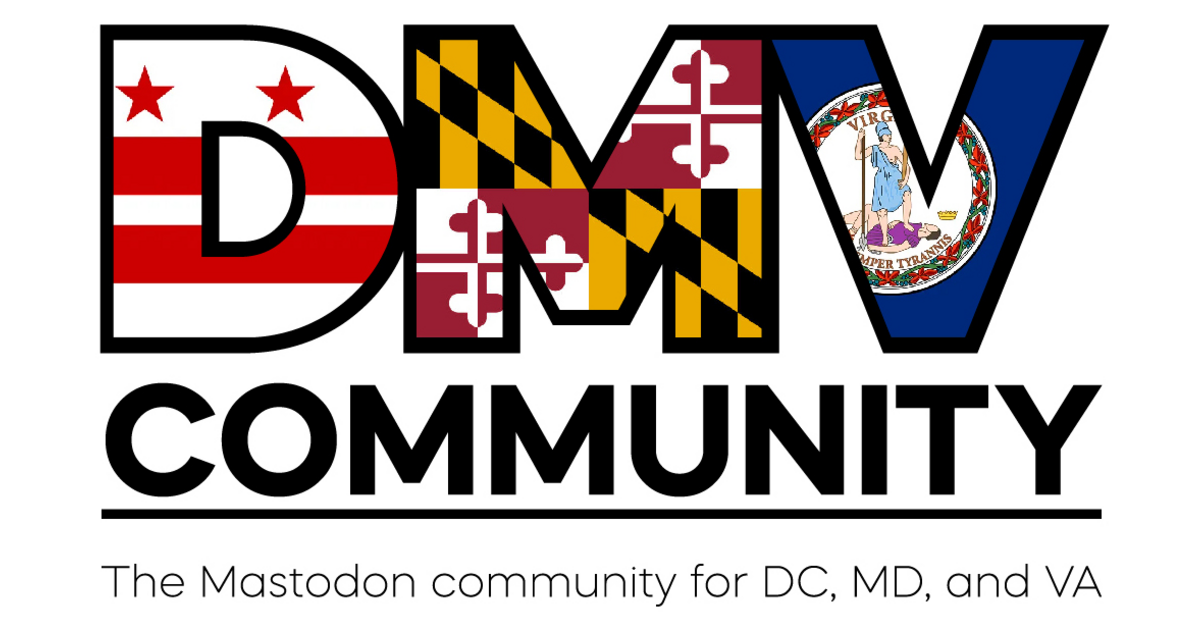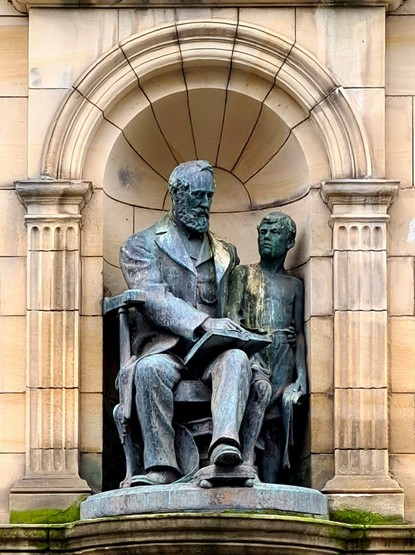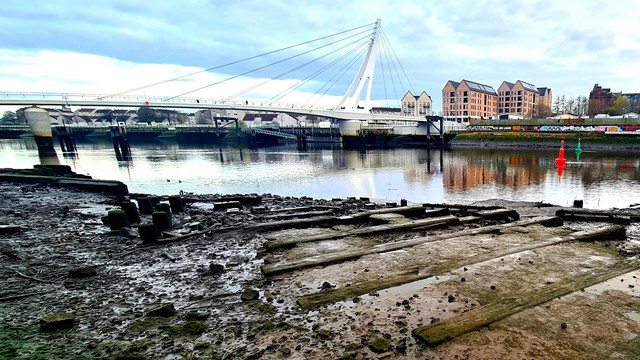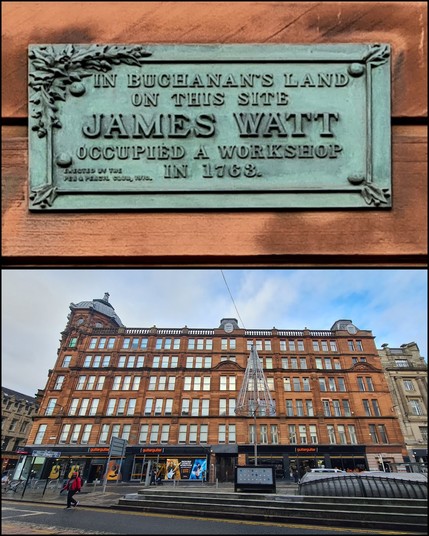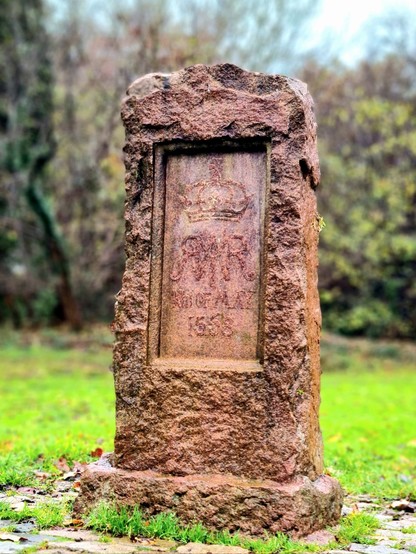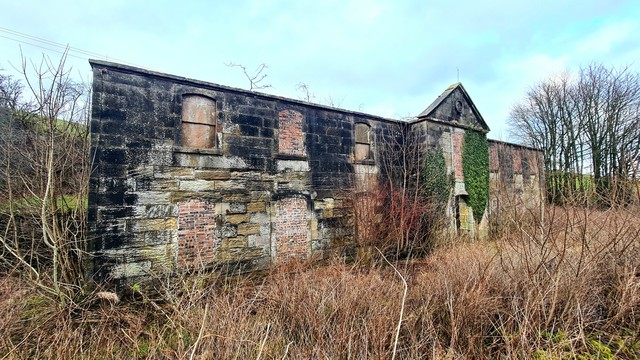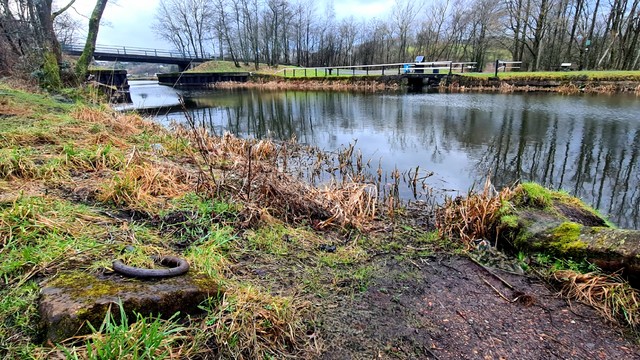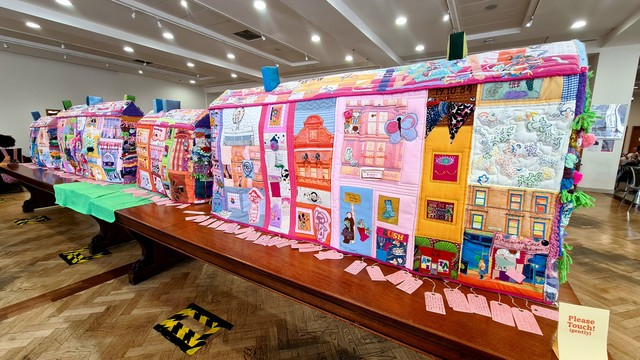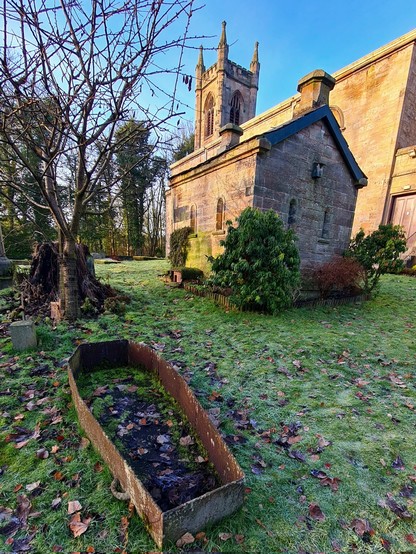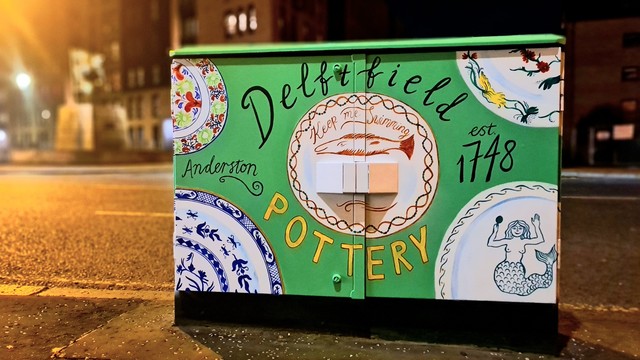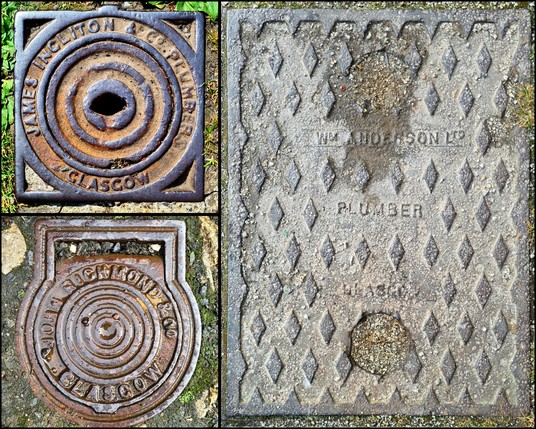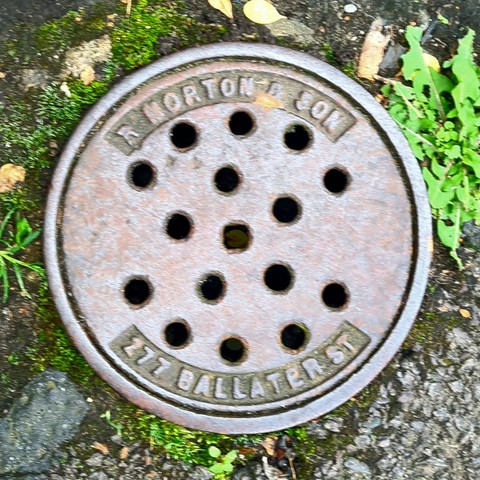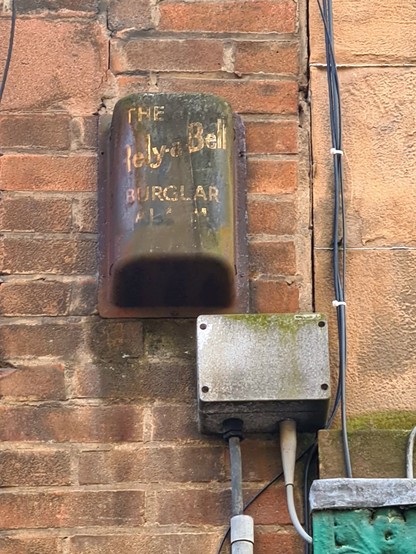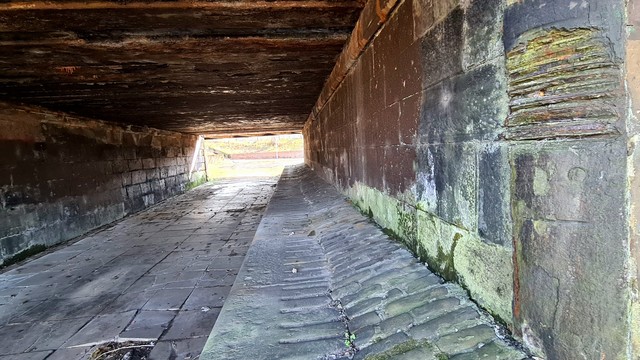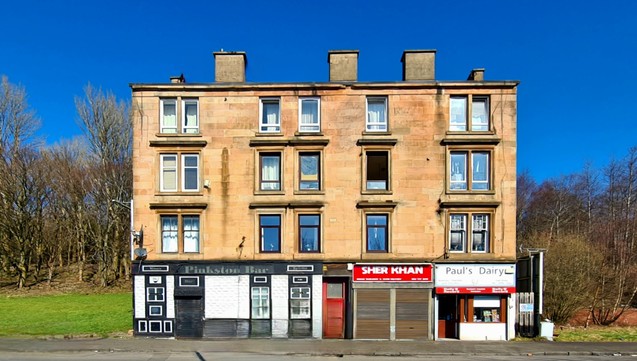Memorial to John Stewart who founded the City of Glasgow Friendly Society in 1862. This sculpture, on the city's Douglas Street, is by William Kellock Brown. The aim of the City of Glasgow Friendly Society was to 'enable members of the industrial classes to arrange with one another for mutual aid during sickness or on the arrival of old age'.
Recent searches
Search options
#glasgowhistory
The remains of one of the slipways of the former Meadowside Shipyard on the foreshore of the north bank of the Clyde in Glasgow revealed by last night's very low Spring tide. In the background is the new Govan-Partick pedestrian bridge.
I love this plaque on Thomson and Sandilands 1910s commercial building on Trongate in Glasgow. It's a nice reminder of one the many links between the city and Scotland's greatest inventor and engineer.
Queen Mary's Stone on Court Knowe in the Cathcart area of Glasgow. This stone supposedly marks the spot where Mary Queen of Scots watched the Battle of Langside in 1568, where her army was soundly beaten. However, it seems unlikely that this was the actual spot from where she watched the battle as it was close to Cathcart Castle, which was held by a supporter of her opponent, James Stewart, Earl of Moray.
The remains of the 1820s Craigmarloch Stables near Kilsyth. This was one of a number of identical stables built along the Forth and Clyde Canal in central Scotland to provide changes of the teams of horses used to pull fast passenger vessels known as Swifts. Capable of carrying up to 200 people, these Swifts could make the journey between Edinburgh and Glasgow in less than 8 hours at a time when it would take several days to make the same journey by road.
The former mooring point of the Queens of the Canals at the Craigmarloch Basin on the Forth and Clyde Canal, some 25km east of Glasgow. In 1893, a steamer by the name of the Fairy Queen started offering day trips along the canal between Port Dundas in Glasgow and Craigmarloch.
Cont./
Soft City, a community art project which explores the history of social and retail spaces on Sauchiehall Street in Glasgow. Led by Alice Brown and Ellie Mills, the finished soft sculpture model is currently on display at the Mitchell Library.
Invented in the 1810s, the heavy coffin-shaped mortsafe was placed over the wooden coffin after interment and left there until the body had decomposed enough to no longer be suitable for dissection. The watchhouse would be occupied for the same period of time.
A cast iron mortsafe and stone watchhouse in the Cadder Parish Churchyard on the outskirts of Glasgow. These features were designed to thwart the body-snatchers of the early 1800s who would steal the recently buried to sell to local medical schools.
Cont./
Another of the newly decorated junction boxes in the Anderston area of Glasgow, this time at the cornwr between Argyle Streets and St Vincent Street. It's highlighting the history of the local Delftfield Pottery, which was established by the tobacco merchants Laurence and Robert Dinwiddle on the Broomielaw in 1748, primarily to create Delftware.
Cast iron calling cards. These old access covers from the streets of Glasgow all feature the name of the plumbing company which installed them. While no longer common, you can find similar ones advertising different plumbing and building companies throughout the city. Most of the businesses no longer exist, but the one in the bottom left, John Richmond and Co Ltd, is still trading today, some 135 years after it was established in 1885.
Old branded access cover in the Govanhill area of Glasgow. A cursory search hasn't located R Morton and Son, but I presume they were plumbers. A deeper dive into the records should confirm this, but the site of their premises at 277 Ballater Street is now occupied by the Gorbals Leisure Centre.
Old Rely-A-Bell burglar alarm box outside on Great George Street in the West End of in Glasgow. First created around 1904, Rely-A-Bell burglar alarms were initially manufactured by the London ironmonger Thomas Gunn. It was spun off into its own company, the Rely-a-Bell Burglar and Fire Alarm Company Limited, in 1921. It's believed to be the oldest burglar alarm company in the UK.
A fragment of the old Monkland Canal passing under Castle Street in Glasgow. Designed by James Watt, this canal was completed in 1794 and was built to bring coal into Glasgow. Most of it was filled in when the M8 was built in the 1970s. If you look on the right hand side, you can still see where the ropes used to pull the barges have worn grooves into the metal positioned to protect the stonework on the corner of the bridge.
Lone Survivor: It always seems rather sad to come across an orphaned tenement which has been left standing when all its neighbours have been demolished. Often, as is the case for this one on Keppochhill Road in Glasgow, the survivors have a pub on their ground floor and this was what saved it as it was deemed too expensive to buy out the licence for such premises.
#glasgow #glasgowtenements #glasgowbuildings
#tenements #glasgowhistory #architecture #architecturephotography #oldpubs
At its height, it's been estimated that one in every eight pounds spent in Glasgow went through the city's cooperative societies, meaning much of the wealth generated in Glasgow remained within the local economy rather than being drained away from it.
The Greencity Wholefoods Workers Cooperative building in the East End of Glasgow. While this particular cooperative was only established in 1978, the cooperative movement as a whole played an important role in the development of Glasgow, and especially in providing the city's workers with affordable goods and services.
Cont./
Its aim was to provide a social diversion and spiritual guidance for young men who worked in Glasgow's many iron foundries on an ad-hoc basis, and who had a tendency to roam the streets, often causing a nuisance.
I love how this mid-Victorian church on Tharsis Street in the east of Glasgow is set into the slope of Garngad Hill. Originally, St Rollox Church, in 1894, it became home to the St Rollox branch of the Foundry Boys Religious Society, an organisation created in the Olympia Music Hall in the Cowcaddens area of the city in 1865.
Cont./
A row of houses in the Mosspark area of Glasgow, built in 1952 as part of the Royal Artillery War Memorial to those who served in the Second World War.

